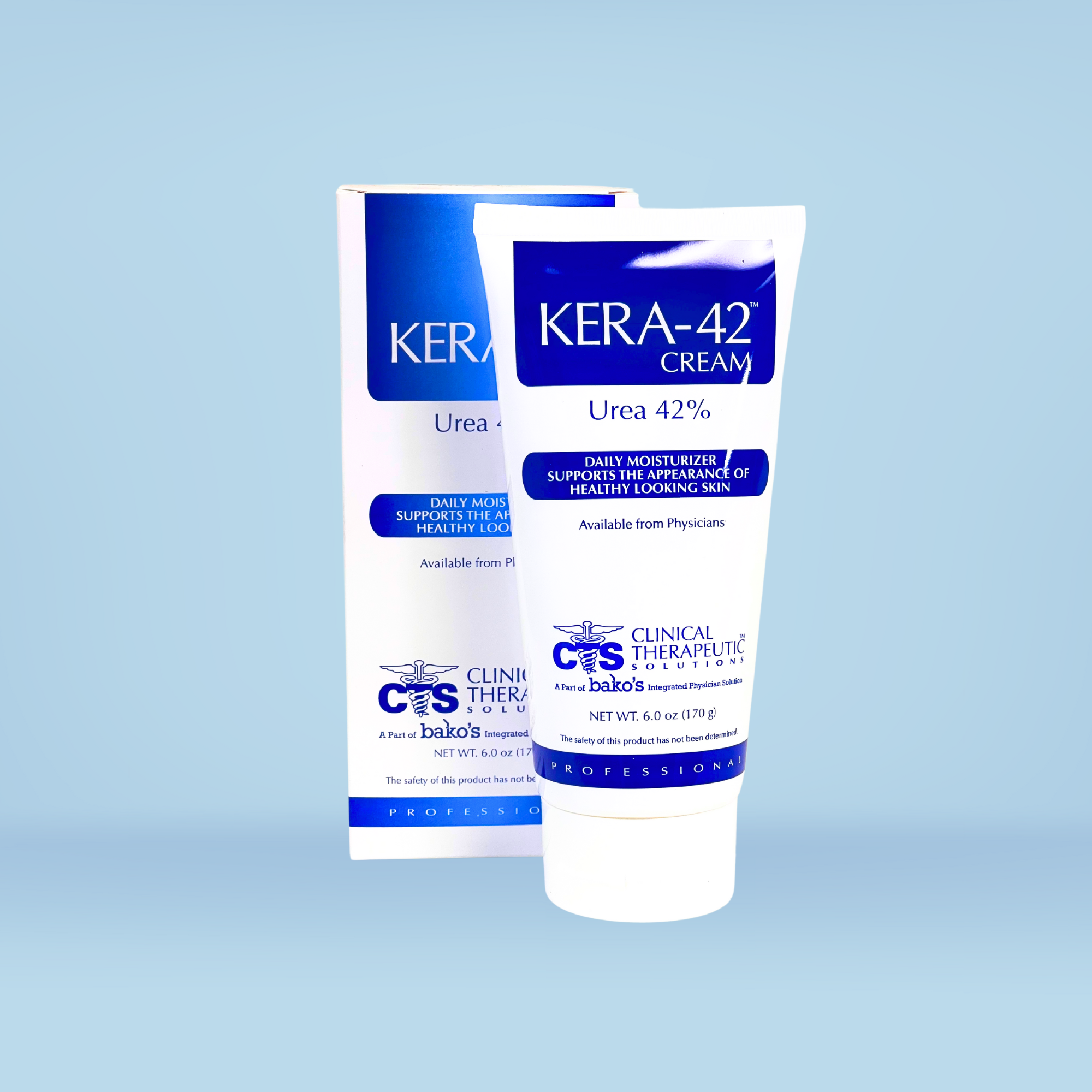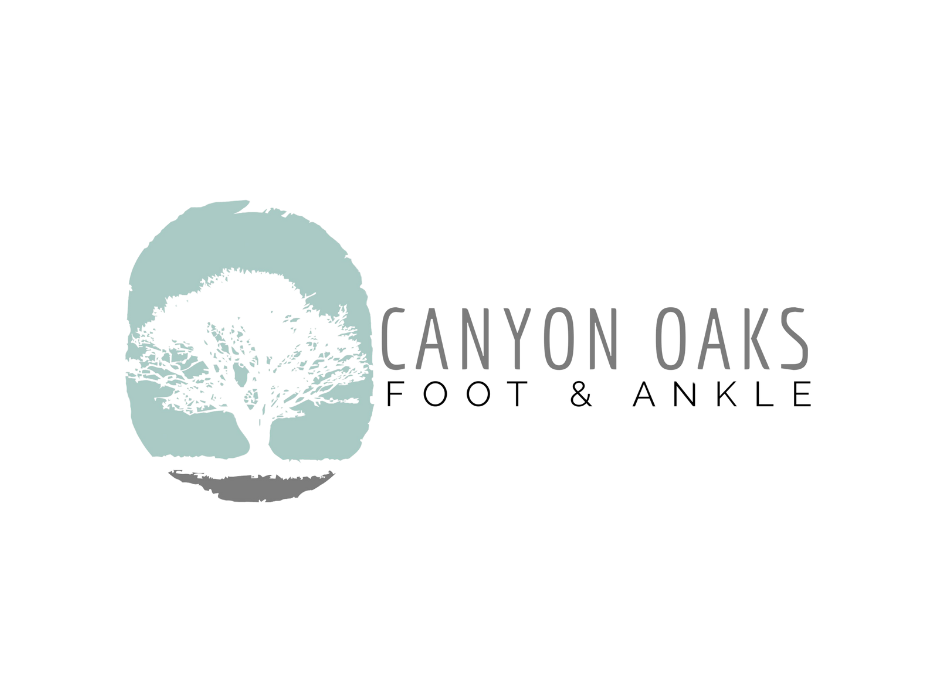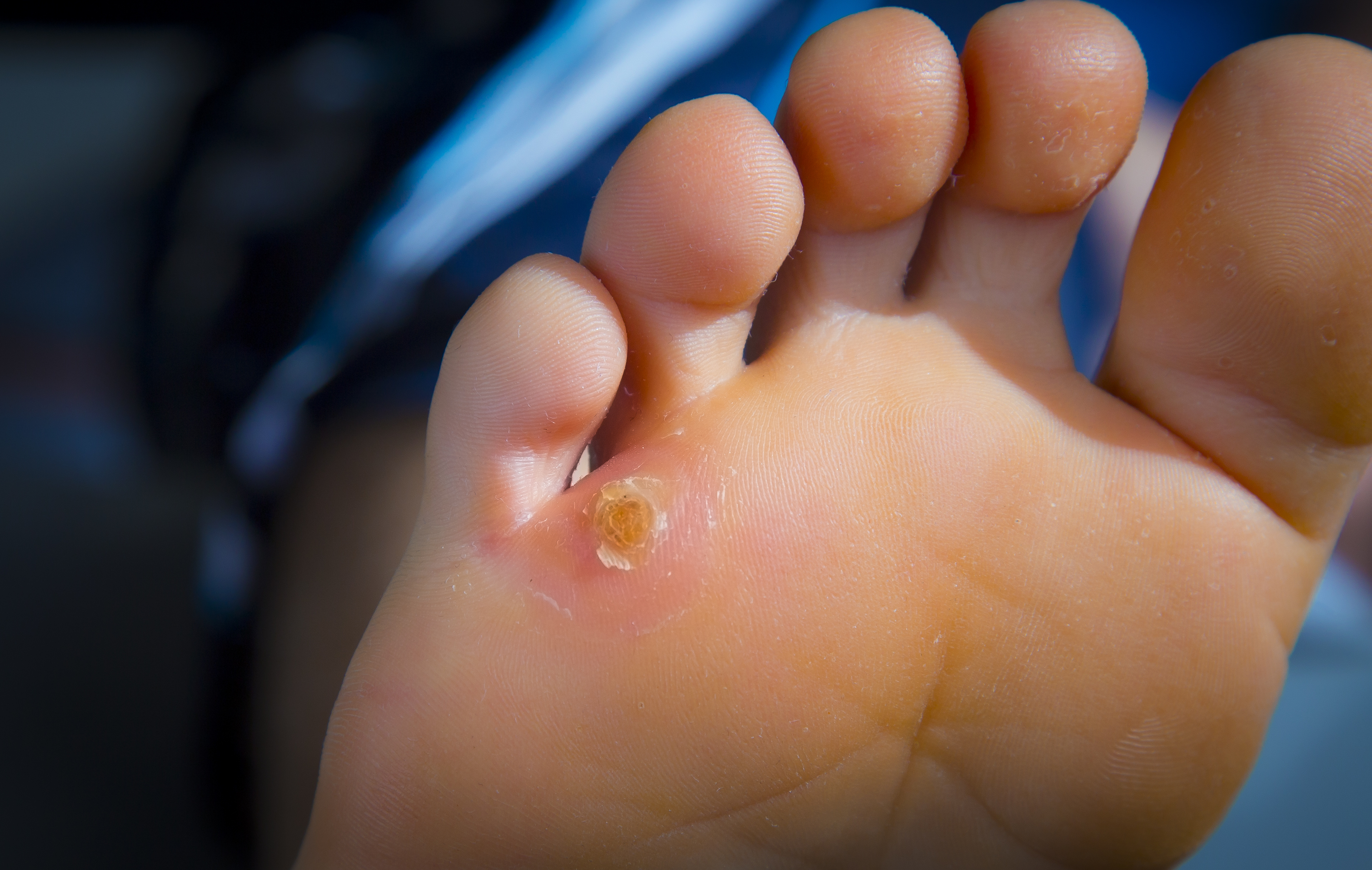Whether it’s wearing open-toed shoes, sandals, or flip-flops for those warm days, we all want our feet to look their best. But when they don’t, rather than hide them behind socks and closed shoes, it’s vital to know what foot issues you’re having.
Some of the most common foot issues that will make us ashamed of our feet include:
-
- Toe deformities. Conditions such as bunions, hammertoes, and other common toe deformities will warrant unwanted stares.
- Fungal nails. Our toenails can be the main thing people notice about our feet, so toenail fungus can make our nails turn all kinds of unattractive colors.
- Foot Calluses
What is a Callus on Your Foot?
A callus develops when areas of the skin get hard and thick. While they can occur on the hands, elbows, or knees, they are more common on the feet. They will appear across the ball of your foot, on your heel area, or the outer side of the big toe. Calluses can be a yellowish to pale color and will vary in size and shape. Kera42 Moisturizer can help in reducing the chances of calluses. BUY IT NOW!
Calluses vs. Corns
One type of callus is known as corns. Unlike calluses, they appear on smooth, hairless skin surfaces like the top or the side of your toes. They are distinguished by being small and circular with a center that is defined. Corns can also be hard or soft.
Causes of Foot Calluses
Whether you’ve developed a callus or a corn, they’re caused by repeated friction and pressure created when your shoe rubs against a bony section of your toe or foot. Over time, the skin gets thicker as a response to this pressure.
This pressure can be a result of:
- Abnormal ways of walking
- Wearing shoes that are too small
- Not wearing socks
Symptoms Associated With Foot Calluses
Foot calluses and corns will be visible on your feet. They might not be life-threatening, but you will experience tenderness or a burning sensation around the bumps that form on your skin. If left untreated, they will eventually be hurtful upon the touch, and you may feel pressure on areas of your foot.
Be careful you don’t develop a condition known as Intractable Plantar Keratosis (IPK), a deep callus that forms directly under the ball of the foot. IPK results from the metatarsal head dropping to a lower level than the surrounding metatarsals causing more pressure to the area and a thicker callus.
Treatments for Foot Calluses
There are a variety of over-the-counter medications at your local pharmacy you can buy. Some other home treatments include:
- Soaking the affected area in warm water for about ten minutes and then filing or scraping the area with a pumice stone to help remove dead skin.
- Use moisturizers on your feet daily that contain salicylic acid, urea, or ammonium lactate which aid in softening the dry skin to be filed. Kera42 Moisturizer is very recommended in preventing or reducing the chances of developing calluses. BUY IT NOW!
- Wearing proper footwear and padding.
When Should You Visit Your Podiatrist
Foot calluses can be very painful for anyone, but if you have diabetes, fragile skin, or circulatory problems, you should get it checked out by a podiatrist. The team at Canyon Oaks Foot and Ankle has the knowledge to treat your foot calluses.
Contact us today and assist in relieving your foot pain.


